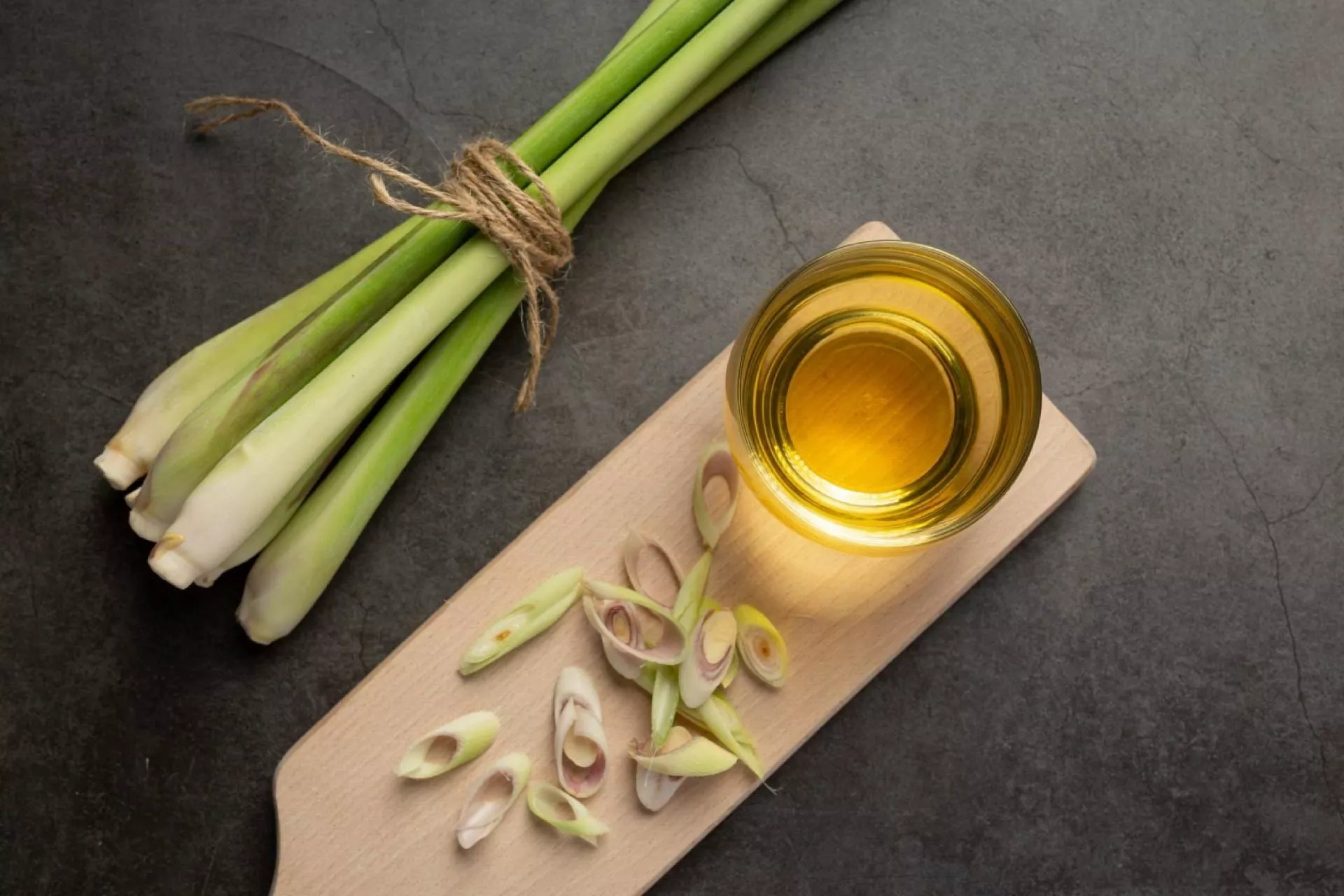Why is it Popular?
There are many reasons for lemongrass’ immense popularity. To begin with, it is cheap and widely available. Furthermore, it provides a complex, multi-layered citrus flavour that works well with both sweet and savoury dishes. Lemongrass may also have medicinal uses. In many cultures it is used to treat stomach pains, muscle ache and fever. Furthermore, one of its compounds is used to create citronella oil, a mosquito repellent.
Who Uses Lemongrass?
The short answer is many people around the world. For example, in Thailand, where lemongrass grows in abundance, it is incorporated into several meals. Many will add it to tom yum soup at breakfast, to the curry paste used for the main meal, and it is added to rice or sago with some sugar for dessert. In other words, many Thais view it as a sweet, savoury and medicinal ingredient.
In other countries, it is widely recognised for its healing properties. As mentioned, it has natural anti-inflammatory agents and antioxidants. As such, many people will add it to teas, together with ingredients such as ginger, calendula, fennel, and peppermint. If you want to do this at home, be sure to dry the lemongrass first and as the leaves are so hard, make sure that you steep them for a long time to ensure that they soften and are able to release their beneficial compounds.
How to Use Lemongrass
In general, the first thing you will need to do is peel away the hard, green outer leaves. However, do not discard them. They can be used either fresh or chopped up and dried to make lemongrass tea. Simply add a tablespoon of the chopped lemongrass to a tea cup together with any other ingredients, such as ginger, cover it with boiling water, and allow it to steep for at least five minutes.
When it comes to cooking, you first need to trim off the hard root end of the stalk. Then, using the flat blade of a knife, you should crush the white inner stems, which will help to release the aromas. If you are making a Thai curry paste from scratch you should always try to use as tender lemongrass as possible as this will help ensure that the curry sauce stays smooth.
If you like fish, then you can try placing lemongrass stalks inside a fish while cooking it in a bamboo steamer, perhaps with a few other ingredients, such as ginger.
One creative idea is to use lemongrass as a skewer. You can thread chunks of marinated chicken or vegetables onto it before placing it on the grill.
When it comes to soup, many people add lemon grass to corn and coconut soups or to mussel broths, together with ginger and galangal.
Finally, when it comes to dessert, you could consider fresh fruit with a drizzle of lemongrass scented syrup.
In other words, there are masses of ways of using lemongrass in every type of dish and meal.
Where to Get Lemongrass
If lemongrass doesn’t grow near you, or even if it does, you should be looking for fresh, dense lemongrass that has bright green outer leaves and very plump stems. It isn’t hard to find in markets, greengrocers and supermarkets. The older the lemongrass, the less fragrant it will be (as the outer leaves will have lost much of their moisture), and this can be a good way to judge how fresh it is. Once you have bought lemongrass, you could wrap it in a damp cloth or kitchen paper before placing it in the fridge to help it stay fresh. Alternatively, stand the stems in a jar of water. It will soon sprout roots and you can then start growing your own.

 Five Tips for Choosing the Healthiest Juices
Five Tips for Choosing the Healthiest Juices How to Bake Cakes
How to Bake Cakes



